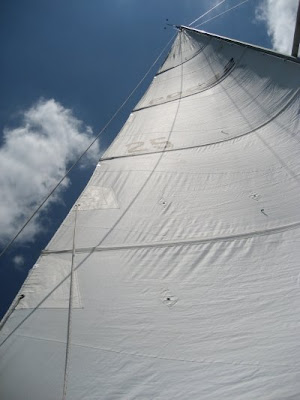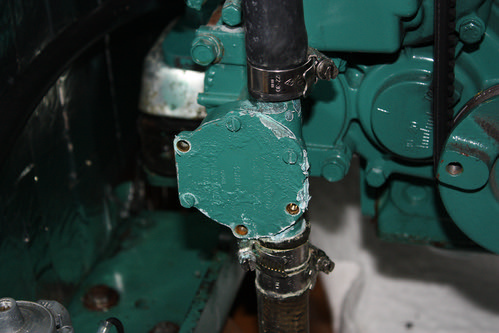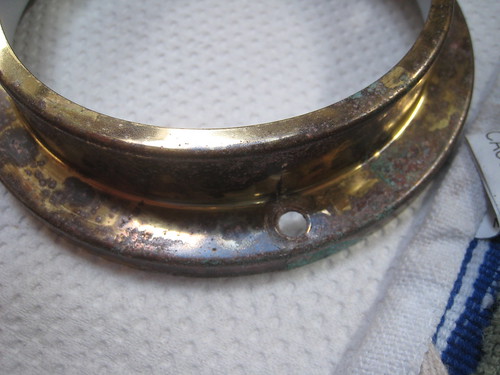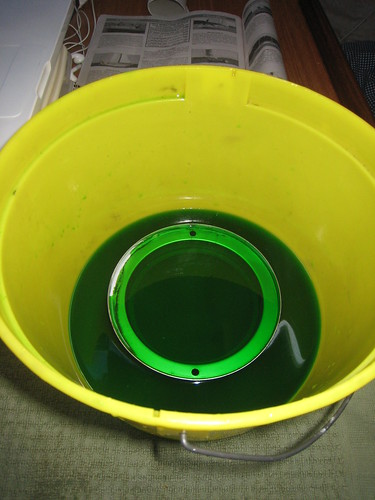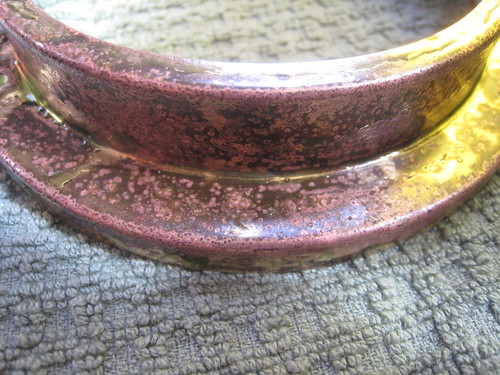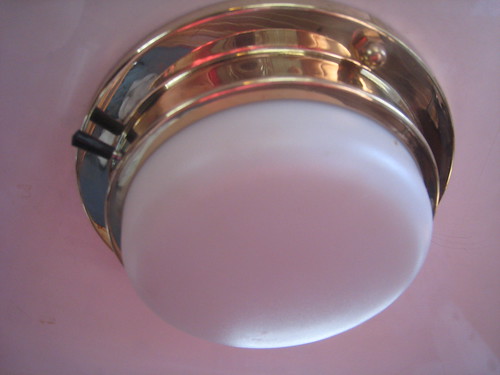Good varnishing brushes are definitely not cheap! The quickest way to ruin one is to let varnish dry in the brush - not something any of us wants to do.
But cleaning a brush is not an easy task. You may think that after triple-rinsing it in fresh paint thinner, the brush is clean. But put it away for a couple of days, and when you go to use it next, the bristles are disappointingly stiff.
As a Chemical Engineer, I learned several things that have made brush cleaning a lot easier. (What? Practical knowledge? Who knew?):
- Use a counter-current wash system. This keeps the clean end of the system separate from the contaminated end. In a real chemical plant (for example, an alumina refinery) there would be as many as 10 stages or more. Here we will make it simple - we'll use only two. Do it like this:
- Save an empty paint thinner container. When you rinse out your brush, dump the now-contaminated solvent into this container. Soon you will have lots in there. As soon as you have enough, this is now your stage 1 rinse. Squeeze out all the varnish you can from the brush, and then clean it thoroughly in the stage 1 rinse solution. Squeeze out all the stage 1 rinse, and wipe the brush on a rag, trying to absorb as much of the stage 1 rinse as possible. Dump the stage 1 rinse back into the stage 1 container.
- Next, rinse the brush in 3 small changes of clean solvent. As above, drain all the now contaminated fresh solvent into the stage 1 rinse container, wiping the brush nearly dry between rinses.
- Exclude one of the reactants, and a chemical reaction will stop. Curing paint or varnish is a chemical reaction between the resins in the varnish and the oxygen in the air (and water vapor, if there are urethane resins involved). Exclude air, and the reactions stop. This is why varnish does not cure in the can.
- Reaction rates roughly double with every 10° rise in temperature. For our purposes here, the converse is the more valuable: reactions rates are halved for every 10° drop in temperature.
 Next, I tightly wrap the brush in aluminum foil - this excludes air and water vapor.
Next, I tightly wrap the brush in aluminum foil - this excludes air and water vapor. Finally, I store the brush on top of one of the holding plates in our freezer.
Finally, I store the brush on top of one of the holding plates in our freezer.I really have no idea how long this process will preserve a brush, but I can set a lower limit. I have pulled a brush out of the freezer (I forgot it was in there) after a month, and it was still pliable, ready to use.




















